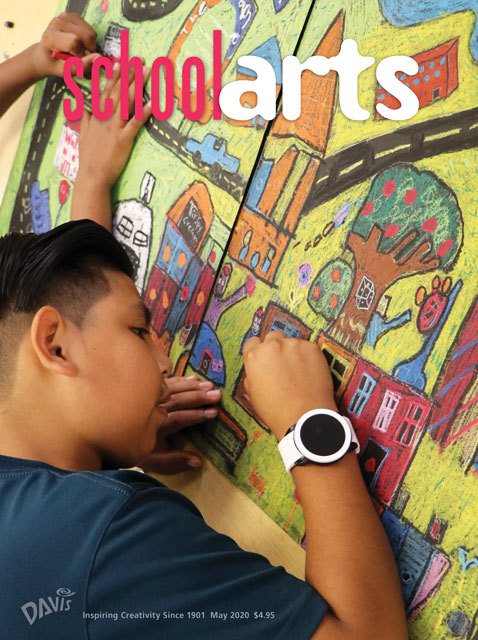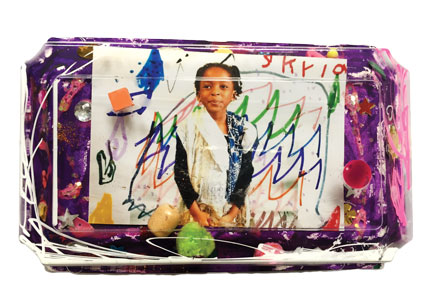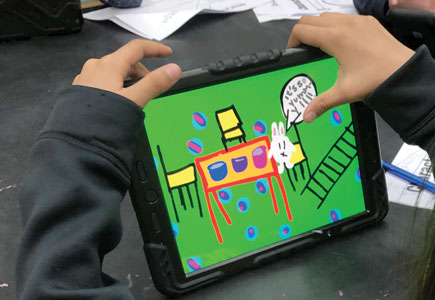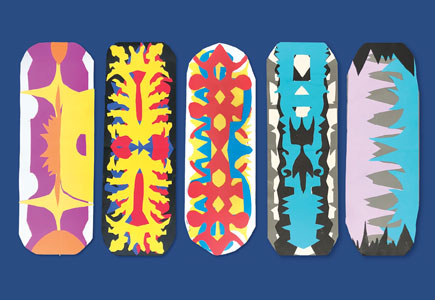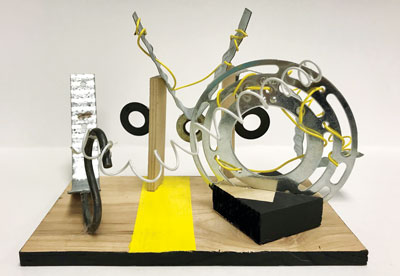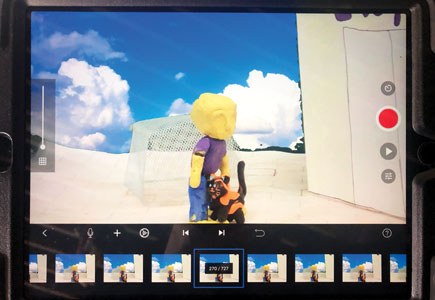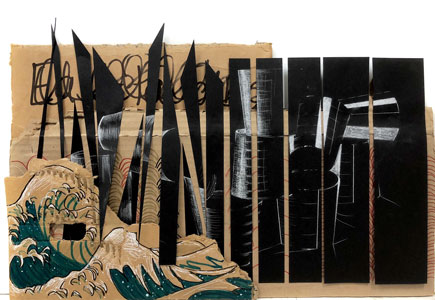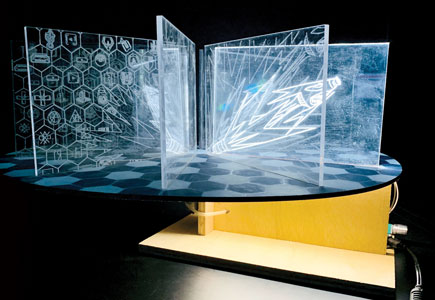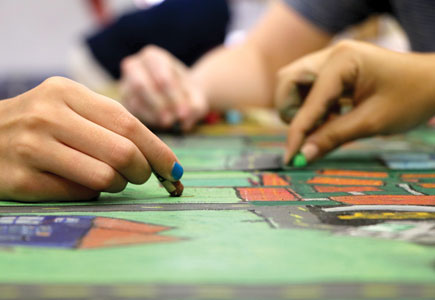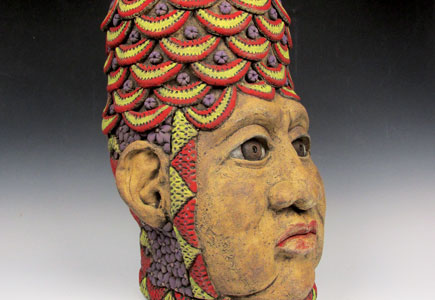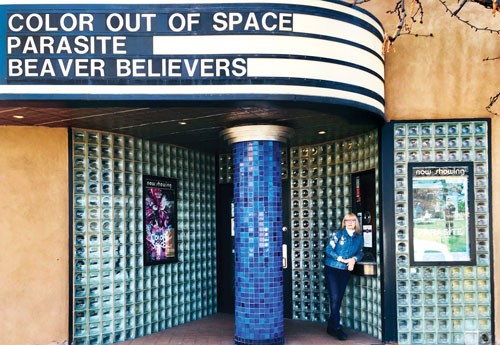
Editor's Letter: Movement
In recent years, SchoolArts has invited our contributing editors and other art educators to choose a theme and coedit an issue. David Gran, our guest editor for this issue, teaches innovation, design, and IB film at Shanghai American School in Shanghai, China, and is a long-time contributing editor to SchoolArts.
Read Article
